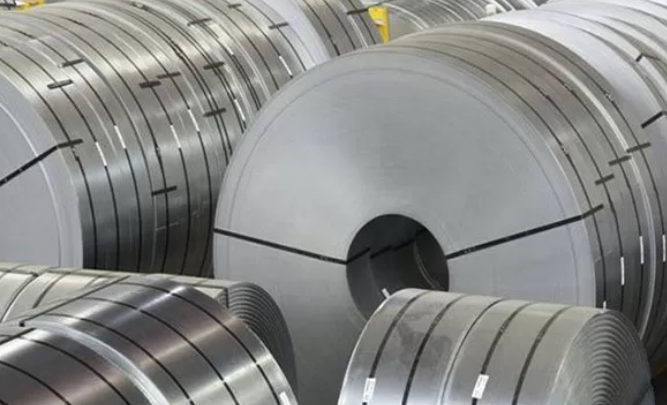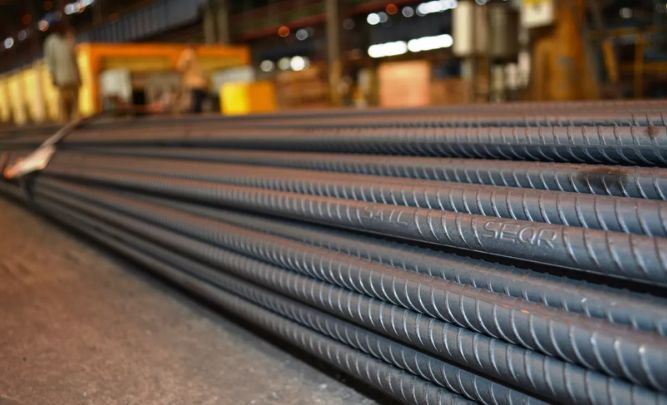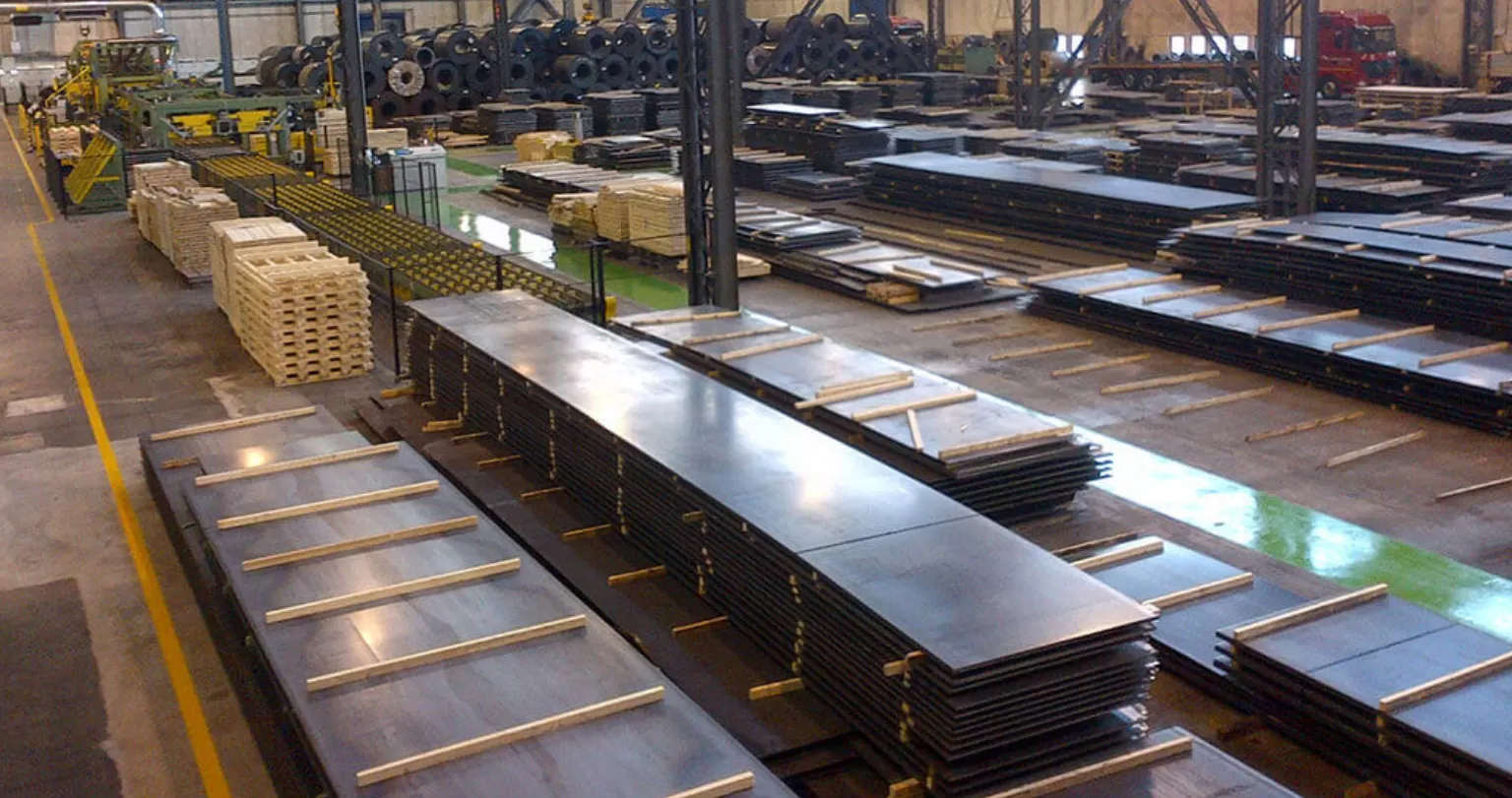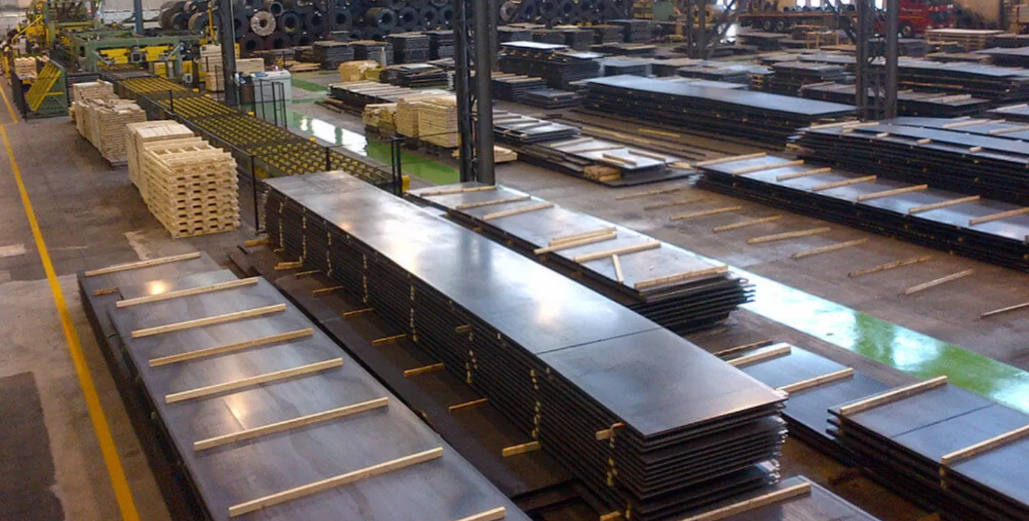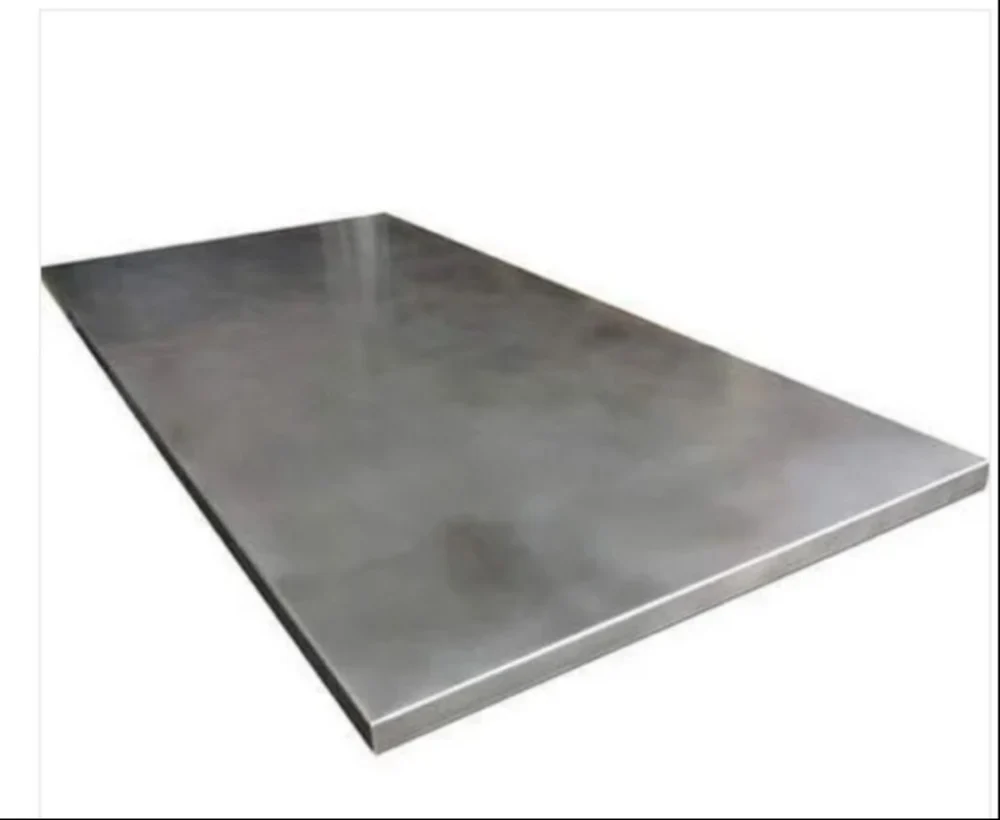The right material for your project is essential, especially in construction and manufacturing. Two popular options are steel and mild steel. Each has distinct properties and uses, making them suitable for various applications. In this blog, we’ll explore the differences between steel and mild steel, focusing on mild steel sheets to help you make an informed choice.
Understanding Steel
Steel is primarily an alloy made of iron and carbon. It is celebrated for its strength, durability, and versatility. Depending on the amount of carbon and other elements present, steel can be classified into various types: stainless steel, carbon steel, and alloy steel. Each type has traits that make it ideal for particular applications, ranging from construction to automotive manufacturing.
What is Mild Steel?
Mild steel, often called low-carbon steel, contains a lower carbon percentage, typically between 0.05% and 0.25%. This reduced carbon content makes mild steel more malleable and ductile, meaning it can be easily shaped and formed without cracking. These characteristics make mild steel sheets popular for numerous applications, including construction, fabrication, and automotive parts.
Key Differences Between Steel and Mild Steel
Carbon Content:
- Steel: Higher carbon content (up to 2%).
- Mild Steel: Lower carbon content (0.05% to 0.25%).
Strength:
- Steel: Generally offers greater strength and rigidity.
- Mild Steel: Softer and more pliable, making it easier to manipulate.
Cost:
- Steel: Typically more expensive due to its enhanced strength and special properties.
- Mild Steel: More budget-friendly, making it an appealing option for many projects.
Corrosion Resistance:
- Steel: Some varieties, like stainless steel, offer better resistance to corrosion.
- Mild Steel: Susceptible to rust if not properly treated or coated.
Uses of Mild Steel Sheets
Mild steel sheets are favoured in various industries due to their versatility and ease of use. Common applications include:
- Construction: Used for structural components, frames, and supports.
- Automotive: Ideal for body panels and other vehicle parts.
- Manufacturing: Widely utilised in machinery and equipment.
- Home Projects: Perfect for DIY endeavours, furniture, and decorative items.
Conclusion
The choice between steel and mild steel ultimately hinges on your specific project needs. Steel may be the way to go if you require a robust and durable material and are prepared to invest more. Conversely, mild steel sheets are an excellent alternative if you seek a cost-effective, versatile option.
Understanding the distinctions between these materials empowers you to make the best decision for your project. Whether tackling a large construction job or a small DIY project, choosing the right material is crucial for success!


